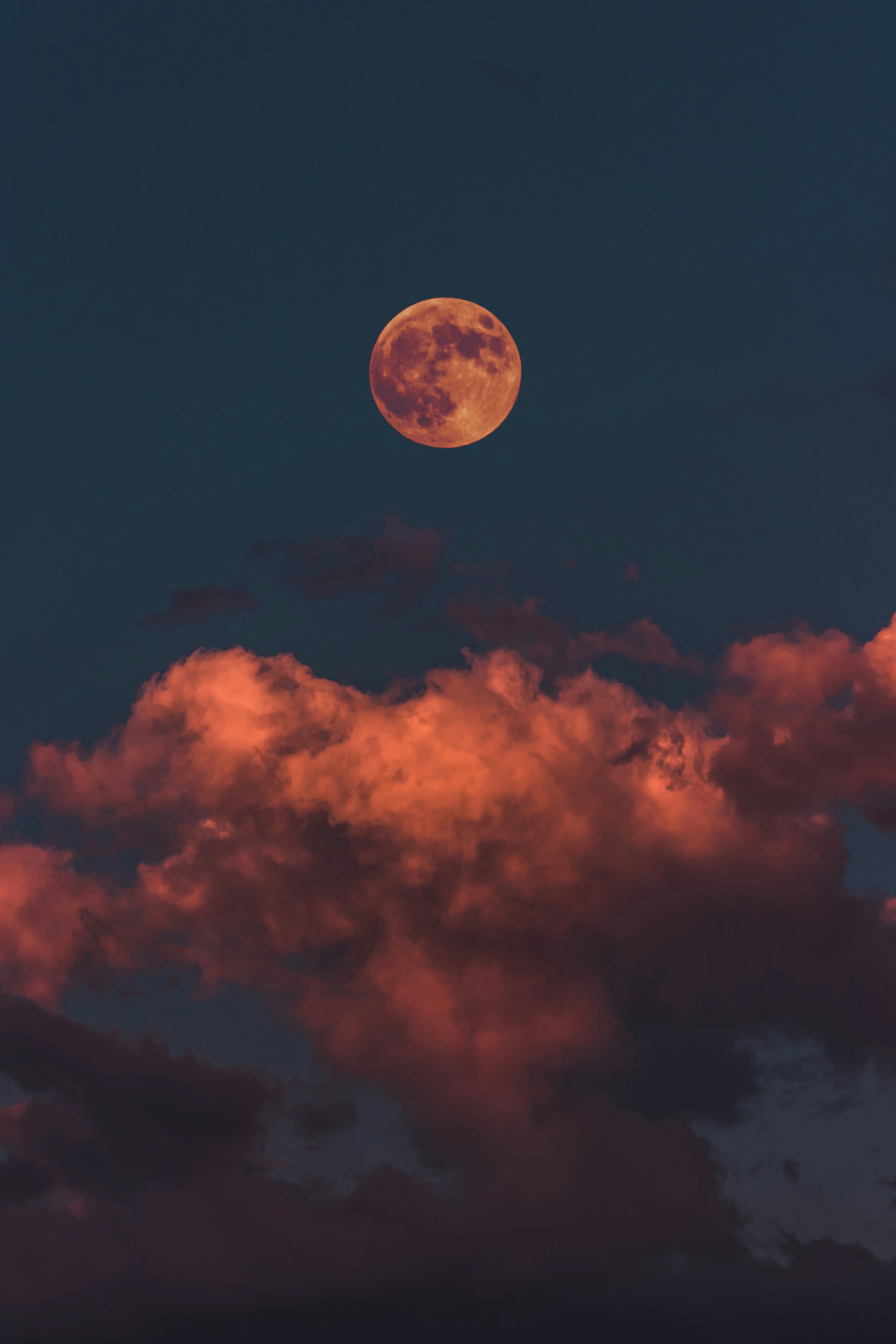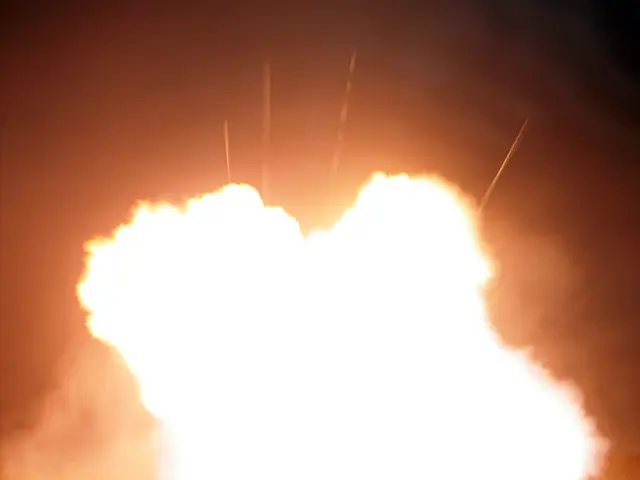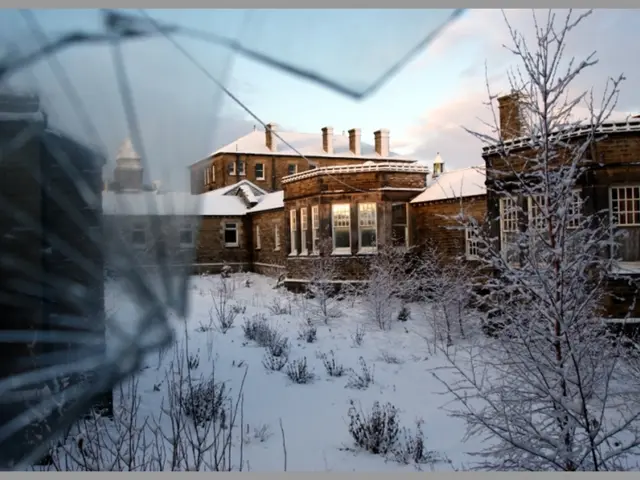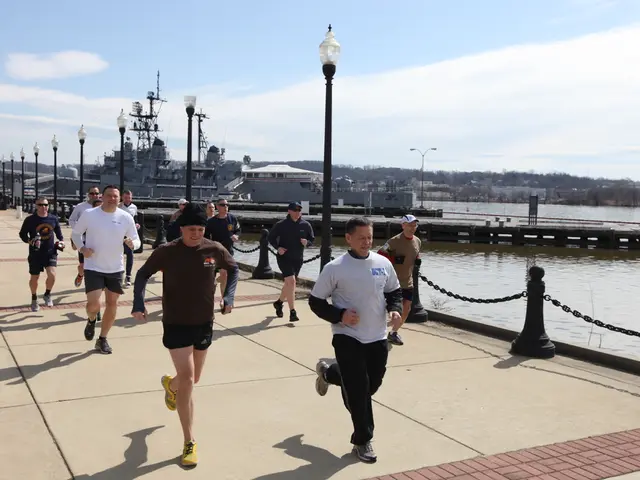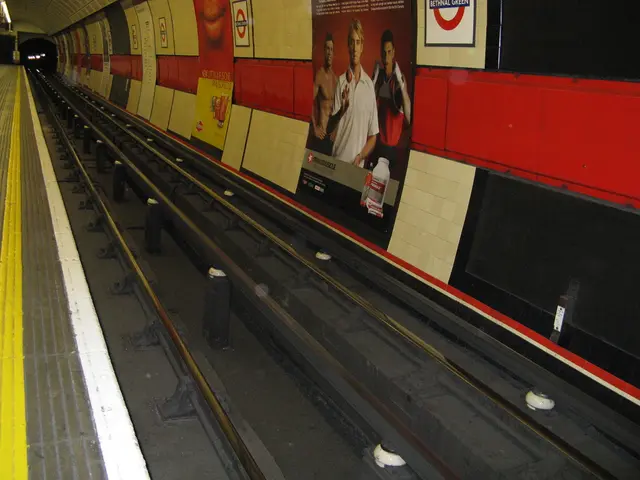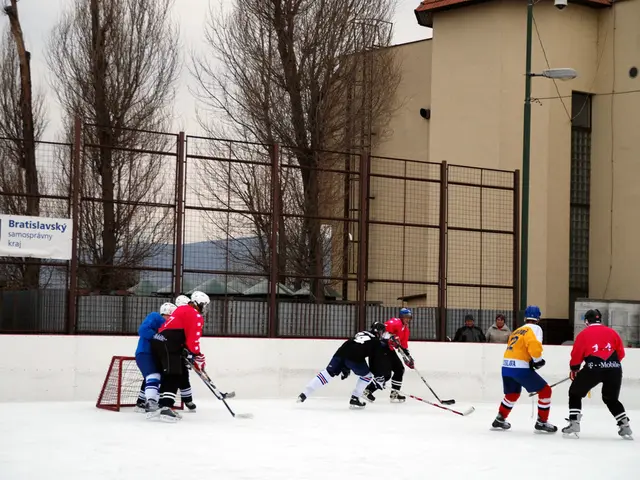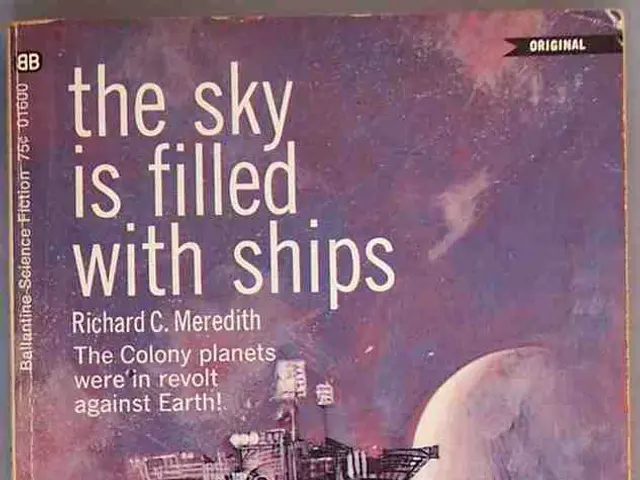Russia's entire population stands behind the war in Ukraine, according to Putin during the 'Victory Day' parade.
2025's Moscow Victory Day Parade: A Spectacular Show of Strength and Solidarity
The grand Moscow Victory Day parade of 2025, marking 80 years since the Soviet Union's victory over Nazi Germany, was more than just a remembrance event. It was a bold display of matyrdom, military might, and political defiance amidst the ongoing conflict in Ukraine.
Thousands of troops, tanks, missiles, and fighter jets paraded through Red Square in a vivid demonstration of Russia's military capabilities. This spectacle served as a testament to Russia's resilience against Western sanctions and diplomatic isolation following its 2022 invasion of Ukraine.
The event was more than a power display; it was a diplomatic theater as well. With world leaders from China, Brazil, and several European nations in attendance, the parade symbolized a counter-Western solidarity, attempting to portray a multipolar world where Russia remains a central power.
The 2025 parade, in many ways, was a reaffirmation of Russia's geopolitical ambition to challenge the unipolar dominance of the United States and NATO, asserting instead a multi-centered global order where Moscow can assert greater influence.
Vladimir Putin, Russia's President, used the parade as an opportunity to address the nation and rally support for the ongoing conflict in Ukraine. He echoed historical language, declaring Russia as an "indestructible barrier against Nazism, Russophobia, and anti-Semitism," reiterating his claim that the Ukraine campaign was necessary to "de-Nazify" the country.
However, Ukraine dismissed Putin's claims as "incomprehensible" and "nothing to do with the victory over Nazism." The Western world and independent experts have also rejected this justification for Russia's invasion.
The parade was a symbol of national unity and legitimacy for Putin, reinforcing his government's policies, including the conflict in Ukraine, by framing it as part of a historic struggle against external threats. This shared historical narrative of sacrifice and triumph helps legitimize Putin's rule.
Despite the ongoing conflict and Western sanctions, the Moscow Victory Day parade of 2025 served as a powerful reminder of Russia's enduring strength and ambition on the global stage. The event underscored the nation's refusal to be deterred by external pressures and its commitment to maintain its role as a major global power.
Enrichment Data:
Historical Significance
Victory Day, celebrated on May 9, commemorates the Soviet Union's victory over Nazi Germany in World War II, known in Russia as the Great Patriotic War. The parade honors the capitulation of Nazi Germany and the sacrifices made by the Red Army, marking the end of the Eastern Front of the war[1].
Contemporary Political Significance Related to the Ukraine Conflict
The 2025 parade, marking the 80th anniversary, was more than a remembrance event; it was a deliberate display of military power and political defiance amid the ongoing war in Ukraine. With thousands of troops, tanks, missiles, and fighter jets showcased in Red Square, the parade served as a vivid demonstration of Russia's military capabilities[3].
Projection of Strength and Defiance
The parade acts as a platform for President Vladimir Putin to project strength both domestically and internationally. It signals Russia's resilience and refusal to succumb to Western sanctions and diplomatic isolation following its 2022 invasion of Ukraine. The event embodied a high-stakes show of power intended to reinforce Russia’s global relevance despite increasing Western opposition and ongoing Ukrainian drone threats targeting Moscow[3][5].
Diplomatic Messaging
Hosting 29 world leaders, including key allies such as China’s Xi Jinping, the parade was also a diplomatic theater. Their presence symbolized a counter-Western solidarity and an attempt to portray a multipolar world where Russia remains a central power despite Western efforts to isolate it. This highlights Russia’s broader geopolitical ambition to challenge the unipolar dominance of the United States and NATO, asserting instead a multi-centered global order where Moscow can assert greater influence[2][5].
Symbol of National Unity and Legitimacy
Victory Day is arguably Russia's most important public holiday and serves to unite the nation around a shared historical narrative of sacrifice and triumph. This unity is crucial for legitimizing the government’s policies, including its stance in Ukraine, by framing the conflict as part of a historic struggle against external threats and defending Russia’s sovereignty and interests[1][4].
Summary
The Moscow Victory Day parade of 2025 served as more than just a remembrance event. It was a potent symbol of historical memory combined with current geopolitical messaging. The event commemorated the Soviet victory in World War II while simultaneously serving as a stage for Russia to demonstrate military might, reaffirm alliances with non-Western powers, and challenge Western efforts to isolate it. The event underscored Russia's ambition to sustain its role as a major global power amid the ongoing war in Ukraine[1][2][3][5].
- The 2025 Moscow Victory Day Parade, a commemoration of the Soviet Union's victory over Nazi Germany, was also a deliberate display of Russia's military power and political defiance amid the ongoing conflict in Ukraine.
- With world leaders from China, Brazil, and several European nations in attendance, the parade served as a diplomatic theater, symbolizing a counter-Western solidarity and Russia's geopolitical ambition to challenge the unipolar dominance of the United States and NATO, asserting instead a multi-centered global order where Moscow can assert greater influence.
